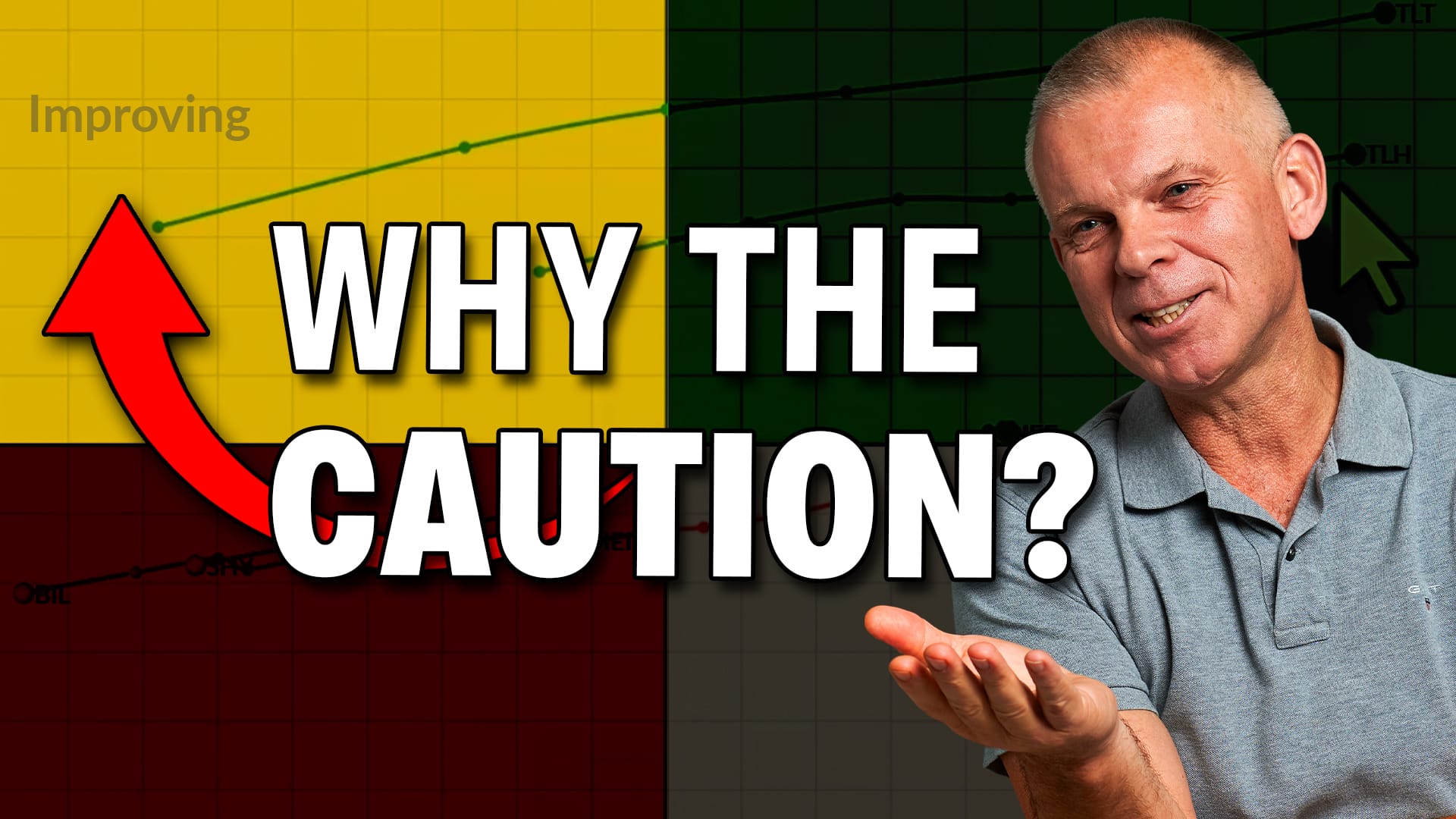S&P 500 OUTPERFORMS ITS PEERS IN ASIA AND EUROPE -- QQQ AND SPY REMAIN WITH FALLING FLAGS -- SHANGHAI COMPOSITE FAILS TO HOLD BREAKOUT -- HANG SENG INDEX AND ALL ORDS BREAK APRIL LOWS -- JAPANESE BONDS GO BERSERK AS YEN TURNS UP
S&P 500 OUTPERFORMS ITS PEERS IN ASIA AND EUROPE ... Link for today's video. There is a lot of talk lately that the US is not an island and weakness in emerging markets will eventually weigh on US stocks. US stocks, for the moment, are holding up much better than emerging market indices and better than the major indices in Asia and Europe. No offense to Brazil and South America, but Asia, Europe and North America are the three pillars of the world economy. These three regions account for some 70% of global GDP. Breakdowns in the key Asian and European markets would certainly have an affect on US markets. PerfChart 1 shows the 1-month percentage change for the S&P 500, four Asian indices, the European Top 100 Index ($EUR), the Bovespa ($BVSP) and the MSCI Emerging Markets Index ($MSEMF). The S&P 500 is the only index showing a gain over the last 21 trading days. PerfChart 3 shows the 3-month performance for comparison. The S&P 500, the Nikkei and the European Top 100 Index are the only gainers. $EUR barely registered a gain and the Nikkei is well below its recent peak.

(click to view a live version of this chart)
Chart 1

(click to view a live version of this chart)
Chart 2
QQQ AND SPY REMAIN WITH FALLING FLAGS... While there is certainly concern that weakness in emerging markets and Asia could weigh on the US, chartists should focus on the US charts first and foremost. For now, the major index ETFs are in corrective mode. These are still just short-term corrections within bigger uptrends. With Tuesday's decline, chartists now have a short-term resistance level to watch for a breakout that would end the corrections and signal a resumption of the uptrends. Chart 3 shows the Nasdaq 100 ETF (QQQ) working its way lower the last few weeks. The pink lines mark a falling flag and Monday's high mark resistance just below 74. A break above this high would end the flag and signal a continuation of the bigger uptrend. As long as the flag falls, the short-term trend is down with next support in the 69-70 area. Support here stems from broken resistance and the Fibonacci cluster. I would not decide which low to base the Fibonacci Retracements Tool so I drew from the February and April lows. The two 61.80% retracements cluster in the 69.32-70 area. Chart 4 shows the S&P 500 ETF (SPY) with Monday's high marking flag resistance. Chart 5 shows the Russell 2000 ETF (IWM) outperforming SPY and stalling just below flag resistance. Note that flags can also be seen in XLB, XLE, XLK, XLF and XLI.

(click to view a live version of this chart)
Chart 3

(click to view a live version of this chart)
Chart 4

(click to view a live version of this chart)
Chart 5
SHANGHAI COMPOSITE FAILS TO HOLD BREAKOUT... Chart 6 shows the Shanghai Composite ($SSEC) failing to hold the channel breakout in May. Note that the Shanghai stock exchange was closed Monday-Tuesday for the Dragon Boat Festival and will remain closed on Wednesday. The exchange will reopen on Thursday, which should be interesting. Prospects were looking up when the index held support from broken resistance and broke out at 2250. It even looked as if a large inverse head-and-shoulders pattern was taking shape as the index bottomed near the January 2012 low. With a sharp decline back below 2250 this week, the channel breakout has been negated and the index now looks vulnerable to a test of the 2012 lows in the 1950-2000 area. It would take successful test of the 2150 support zone and break back above 2350 to put the long-term bulls back on track.

(click to view a live version of this chart)
Chart 6
HANG SENG INDEX AND ALL ORDS BREAK APRIL LOWS ... Chart 7 shows the Hang Seng Index ($HSI), which was open on Monday-Tuesday, but closed on Wednesday. The index also failed to hold its channel breakout and declined below the April low. Also notice that the index broke the October 2011 trend line. In contrast to the Shanghai Composite, the Hang Seng Index is loaded with banks, including HSBC and Bank of China. Recent turmoil in the Japanese bond market could be affecting financials in the region. Chart 8 shows the Australian All Ords Index ($AORD) with a three week plunge that broke support in the 4900 area. Broken support turns into first resistance in the 4900-5000 area.

(click to view a live version of this chart)
Chart 7

(click to view a live version of this chart)
Chart 8
JAPANESE BONDS GO BERSERK AS YEN TURNS UP... Chart 9 shows the 3X Japanese Treasury Futures ETN (JGBT) surging above 23.8 in early April and then plunging below 22 in mid May. Note that I am only using this ETN to illustrate the fall in JGBs and rise in JGB yields. The decline in JGBT is a small in percentage terms, but a huge move relative to the prior range (July to February). It seems that Japan has lost control of its bond market. Abe-nomics were working fine when the Yen and interest rates were falling. This changed when Japanese Government Bonds, also known as JGBs, fell sharply and rates surged to their highest levels in over a year. The indicator window shows the Yen Index ($XJY) turning up in mid May and moving back above 100. The combination of a rising Yen and rising interest rates does not support Abe-nomics. Chart 10 shows the Nikkei 225 ($NIKK) breaking the November trend line with a sharp pullback. Notice that this pull back coincided with the upturn in the Yen Index ($XJY). The next big support zone is in the 11400-12200 area.

(click to view a live version of this chart)
Chart 9

(click to view a live version of this chart)
Chart 10
EUROPEAN STOCKS ERASE MOST OF APRIL-MAY ADVANCE... Chart 11 shows the European Top 100 Index ($EUR) edging above the upper trend line of a rising channel and then falling sharply the last few weeks. The depth of this decline is a concern, but the series of rising peaks and rising troughs remains in place. The February-April lows mark key support in the 235 area. A break below these lows would be bearish for European equities.












